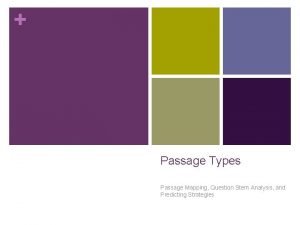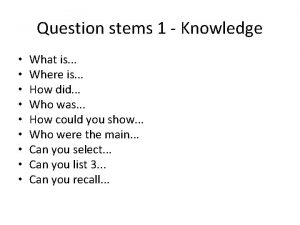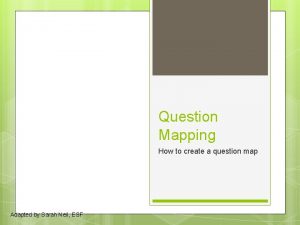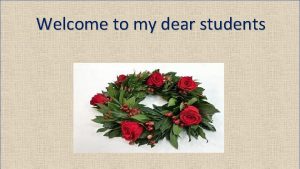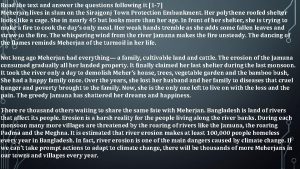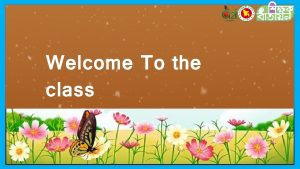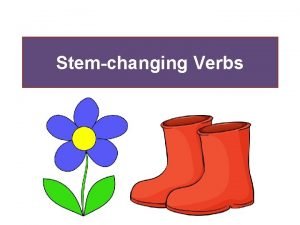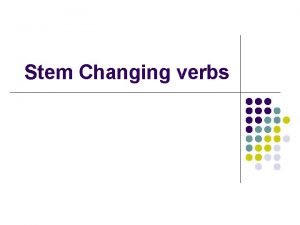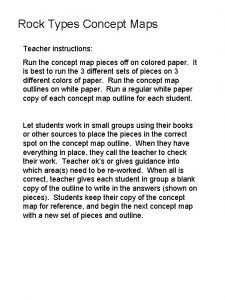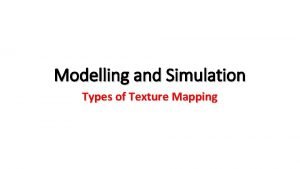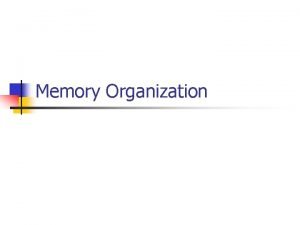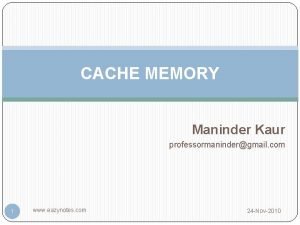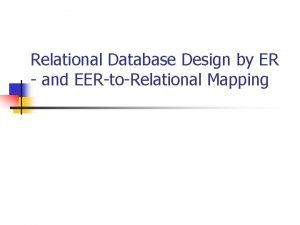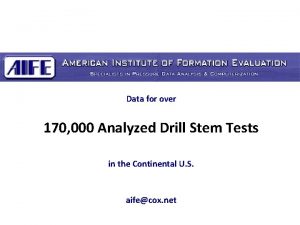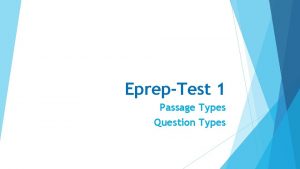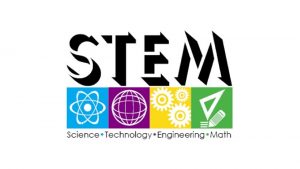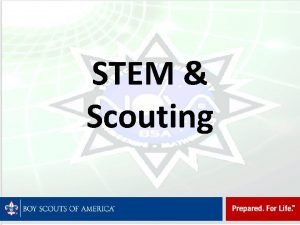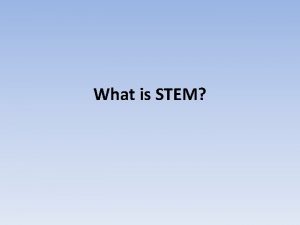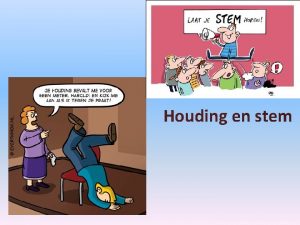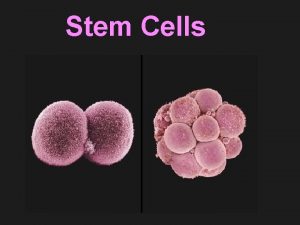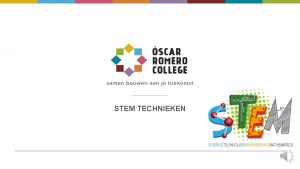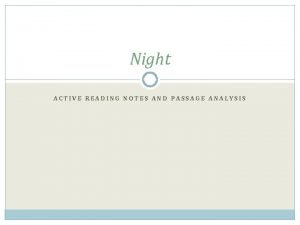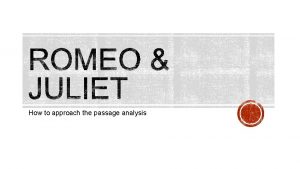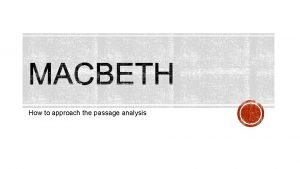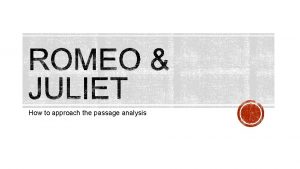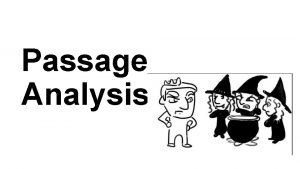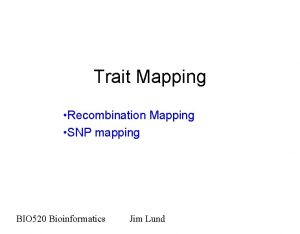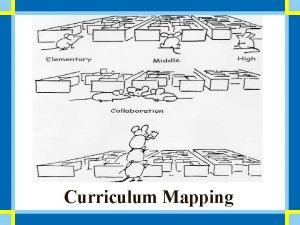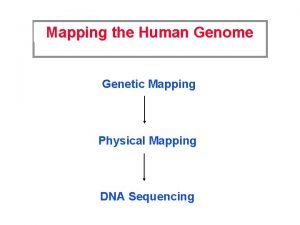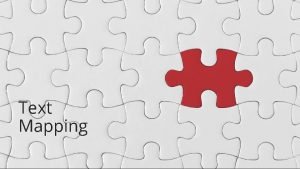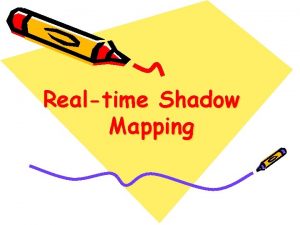Passage Types Passage Mapping Question Stem Analysis and

























- Slides: 25

+ Passage Types Passage Mapping, Question Stem Analysis, and Predicting Strategies

+ U. S. and World Literature Passages n n There will be 1 US/World Lit passage on the SAT. It is different because: n There will be multiple characters and, therefore, multiple opinions n The tone will be nuanced and emotion-based, rather than informative or explanatory For these passages you should: n Identify the characters and evaluate how the author describes them n Asses the characters opinions of each other and themselves n Identify themes of the story

+ Let’s try it! n As we read the passage, make any and all additional passage map notes you feel are necessary. n Remember to read the introductory information – ALWAYS, ALWAYS!

+ Question #1 n The passage is best described as: STOP First, examine the question stem. Identify the key words and phrases in the question stem. The phrase “passage is best described as” implies that you are looking for a description of the passage as a whole. Use your passage map to find the author’s central theme. Next, predict and answer. Although the passage begins with a general description of many women doing agricultural labor, the majority of the passage focuses on the features and actions of one young woman.

+ Question #1 n The passage is best described as A. a psychological study of a character’s personality B. a sweeping portrait of nature in autumn C. a drab rendering of a farmland routine D. a gradual focusing on a single individual

+ Question #1 n The passage is best described as A. a psychological study of a character’s personality B. a sweeping portrait of nature in autumn C. a drab rendering of a farmland routine D. a gradual focusing on a single individual

+ Question #2 n The activity described in lines 22 -29 (“Her binding…of a lover”) seems indicative of STOP First, examine the question stem. Identify the key words and phrases in the question stem. The word “activity” and the line reference indicate you should look at your Passage Map notes surrounding those lines. Next, predict and answer. Lines 22 -29 include the phrase “clock-like monotony” (line 22) and the Passage Map note says, “girls system for work. ” In this context, “system” is synonymous with what types of words?

+ Question #2 n The activity described in lines 22 -29 (“Her binding…of a lover”) seems indicative of A. routine B. memory C. necessity D. optimism

+ Question #2 n The activity described in lines 22 -29 (“Her binding…of a lover”) seems indicative of A. routine B. memory C. necessity D. optimism

+ History/Social Studies Passages n There will be either 2 single passages or 1 single passage and one paired-passage set on the SAT. History/Social Studies passages are different because: n The passage will have a clearly stated topic, a well-defined scope, and a specific purpose n There will be at least one primary source passage that uses antiquated language For these passages you should: n Identify the topic and scope n Identify the topic sentence of each succeeding paragraph n Summarize the purpose of the passage

+ Let’s try it! n As we read the passage, make any and all additional passage map notes you feel are necessary. n Remember to read the introductory information – ALWAYS, ALWAYS!

+ Question #1 n In lines 6 -11 (“But…yours”), what general idea is the author most likely conveying? STOP First, examine the question stem. The key phrases in this question stem are the line reference, “general idea, ” and “most likely conveying. ” Next, predict and answer. The passage map notes that different people have different ideas about what should be considered a full education.

+ Question #1 n In lines 6 -11 (“But…yours”), what general idea is the author most likely conveying? A. It can be a mistake to disagree on the purpose of education B. What constitutes a useful education for one group of people may not be useful for another group of people C. Although grateful for the opportunity to attend college, the author wishes to pursue a more practical course of study D. Challenging wise men on their concept of education is best done on a national basis

+ Question #1 n In lines 6 -11 (“But…yours”), what general idea is the author most likely conveying? A. It can be a mistake to disagree on the purpose of education B. What constitutes a useful education for one group of people may not be useful for another group of people C. Although grateful for the opportunity to attend college, the author wishes to pursue a more practical course of study D. Challenging wise men on their concept of education is best done on a national basis

+ Question #2 n The passage can best be described as STOP First, examine the question stem. There are no key words or phrases in this question stem; the fact that there are no specific keywords indicates this is a general question about the passage as a whole. Use the entire passage map to answer this question and particularly focus on the author’s purpose for writing. Next, predict and answer. The purpose of the passage is to decline Franklin’s education proposal by providing information about how the Iroquois’ system of education is better for their nation.

+ Question #2 n The passage can best be described as A. an attempt to explain why the Iroquois could not accept such a generous offer B. a desire to describe the benefits of promoting multiple points of view on a subject C. an examination of the similarities and differences between two viable options D. an argument that the Iroquois’ concept of education was better suited to tribal needs

+ Question #2 n The passage can best be described as A. an attempt to explain why the Iroquois could not accept such a generous offer B. a desire to describe the benefits of promoting multiple points of view on a subject C. an examination of the similarities and differences between two viable options D. an argument that the Iroquois’ concept of education was better suited to tribal needs

+ Science Passages n There will be either 2 single passages or 1 single passage and one paired-passage set on the SAT. Science passages are different because: n They often contain a lot of jargon (content specific vocabulary) and technical terms n They can utilize unfamiliar terms and concepts For these passages you should: n Locate the central idea in the first paragraph n Note how each paragraph relates to the central idea n Not be distracted by jargon or technical terms

+ Let’s try it! n As we read the passage, make any and all additional passage map notes you feel are necessary. n Remember to read the introductory information – ALWAYS, ALWAYS!

+ Question #1 n The main purpose of the last paragraph, lines 29 -40, is to STOP First, examine the question stem. The key words and phrases in the question stem are “main purpose” and the paragraph/line reference. The passage map notes the last paragraph will help you answer this question. Next, predict and answer. The passage map notes for the last paragraph that the turtles’ eyesight helps them find the scented path discussed in paragraph 2.

+ Question #1 n The main purpose of the last paragraph, lines 29 -40, is to A. connect two partial explanations for the turtles’ navigational ability B. describe how color perception depends upon the eye’s ability to recognize different light densities C. establish that color sensitivity and shell coloration are closely linked but not explained D. argue that color perception is the main reason that sea turtles can navigate to Ascension Island

+ Question #1 n The main purpose of the last paragraph, lines 29 -40, is to A. connect two partial explanations for the turtles’ navigational ability B. describe how color perception depends upon the eye’s ability to recognize different light densities C. establish that color sensitivity and shell coloration are closely linked but not explained D. argue that color perception is the main reason that sea turtles can navigate to Ascension Island

+ Question #2 n According to the passage, turtles’ eyesight is especially sensitive to STOP First, examine the question stem. The key words and phrases in the question stem are “according to the passage” and “turtles’ eyesight”. Your passage map notes will help you identify which paragraph contains the information to answer this question. Next, predict and answer. The turtles’ eyesight is discussed in the third paragraph. The author says that turtles are sensitive to the color red.

+ Question #2 n According to the passage, turtles’ eyesight is especially sensitive to A. patterns of stars B. the sun’s movements C. the color red D. the chemical trail

+ Question #2 n According to the passage, turtles’ eyesight is especially sensitive to A. patterns of stars B. the sun’s movements C. the color red D. the chemical trail
 Costa questions
Costa questions Memory parameters
Memory parameters Forward mapping vs backward mapping
Forward mapping vs backward mapping Transform mapping dan transaction mapping
Transform mapping dan transaction mapping Types of passages
Types of passages Question stem meaning
Question stem meaning Question mapping
Question mapping Clearinghouse probe
Clearinghouse probe Farabi and flora
Farabi and flora Meherjan passage question answer
Meherjan passage question answer Class seven model test flora and farabi
Class seven model test flora and farabi Question words present simple
Question words present simple Contoh open-ended question
Contoh open-ended question Example of non researchable questions
Example of non researchable questions Question direct
Question direct Example of a compelling question
Example of a compelling question Compelling vs supporting questions
Compelling vs supporting questions Types of stem changing verbs
Types of stem changing verbs Boot verb examples
Boot verb examples Igneous rock concept map
Igneous rock concept map Rock the concept map
Rock the concept map Texture map types
Texture map types Memory address in hexadecimal
Memory address in hexadecimal Types of cache mapping
Types of cache mapping Mapping of n-ary relationship types
Mapping of n-ary relationship types Drill stem test analysis
Drill stem test analysis




